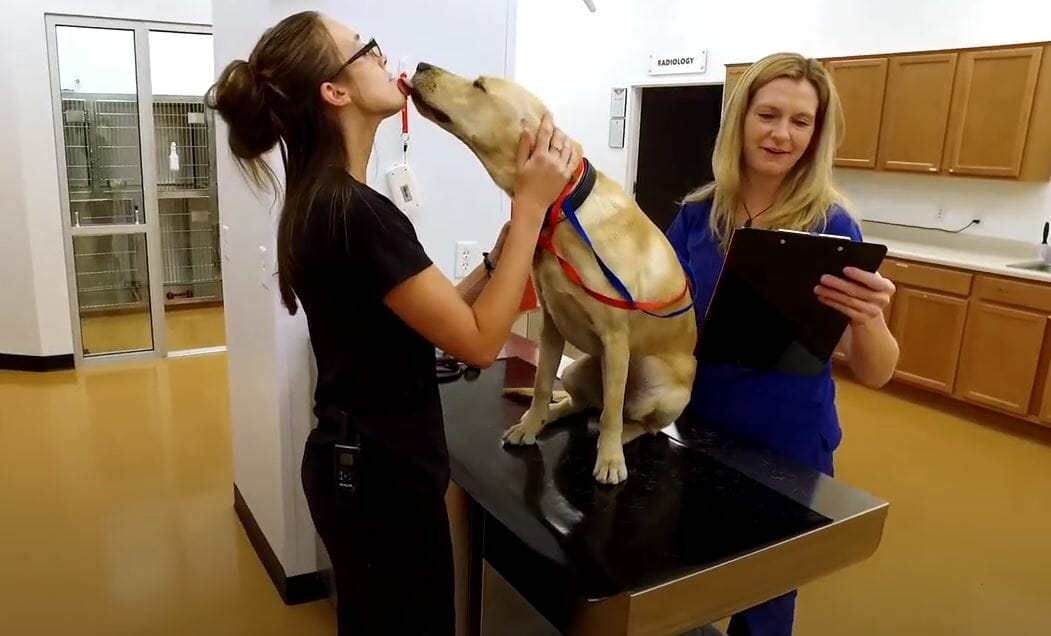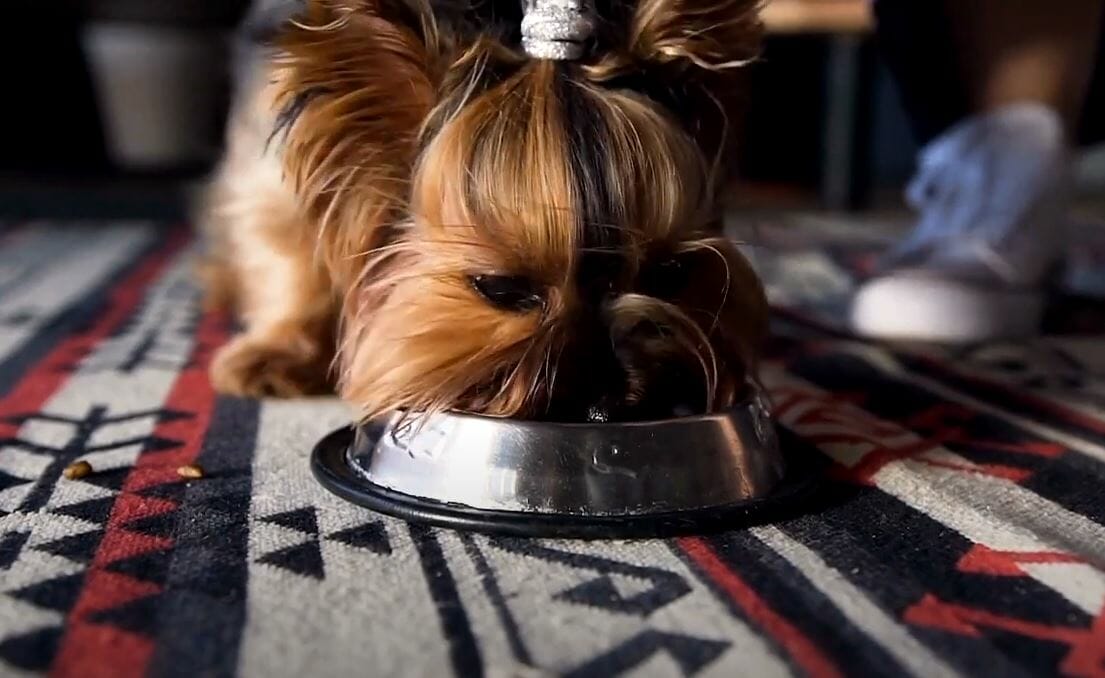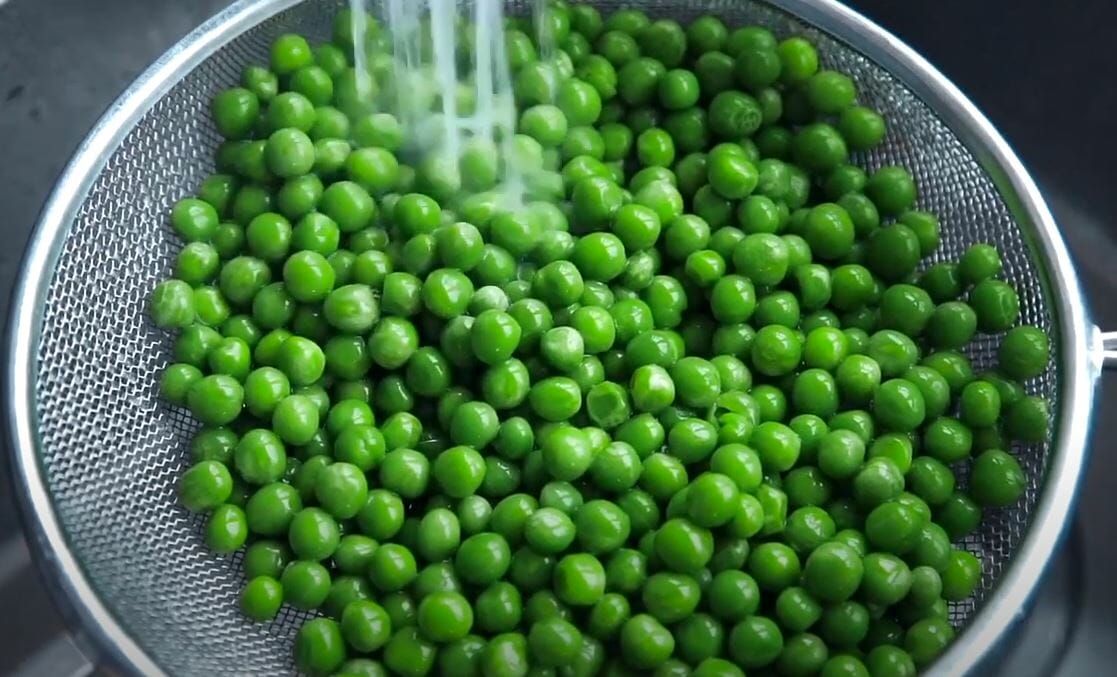Picking the right food for your pet can be difficult considering there are so many different kinds on the shelves. Where do you begin? Lauren Monte, Hospital Lead at Exceptional Pets in Arizona, explains how to choose the best food for your furry companion.
Does my pet have allergies vs. food allergies?
The first thing to know is there are three types of pet allergies – seasonal, environmental and food allergies. Many times, when it comes to food allergies, their ears will become inflamed or they will get itchy skin which also goes along with anal glands. Usually if they’re experiencing seasonal allergies, they become itchy everywhere. Allergies could be secondary to environmental or food-related.
How will you know if your pet is allergic to their food? A lot of times there will be vomiting, diarrhea, and then comes secondary symptoms – ear infections and itchy skin. Often, taking them to the vet is the way to determine if your pet is allergic to their food and what is causing it.
Signs of an ear infection:
- Head-shaking
- Ear-scratching
- Red and inflamed ears
- Foul odor in the ears
When it comes to grain-free diets, unless your pet has been specifically tested to show they are allergic to grain, it’s actually good for your pet. Something to consider is that our companions have been domesticated for decades, so grain is good for us and them.
There’s no scientific proof that they don’t need grain in their diet. In many cases, they are allergic to a certain protein in the food.
What should you look for when shopping for your pet’s food?
When you’re purchasing food for you pet, make sure if they have a food allergy that you stay away from the specific protein or whatever they’re allergic to. You also have to take their activity level and lifestyle into consideration. For example, you don’t want to choose a high-calorie food if you have a couch potato.
Which alternative fruits and veggies are safe for your pet?
Here are a few fruits and vegetables/human food that’s safe for pets:
- Pumpkin
- Carrots
- Green beans
- Peas
- Apples (de-seeded)
How should you transition your pet from the old food to the new?
When you’re ready to change your pet’s diet, you should do it over time. Begin with giving them 75 percent of the old diet and 25 percent of the new. Then gradually wean them off of their old diet until they’re fully on the new diet.
Doing your research, consulting with your vet, and finding a good pet store are some of the best ways to find the right food to get your furry companion’s digestive system back on track so they feel better… Oh, and don’t forget the extra belly rubs along the way.
Watch more pet videos here.













